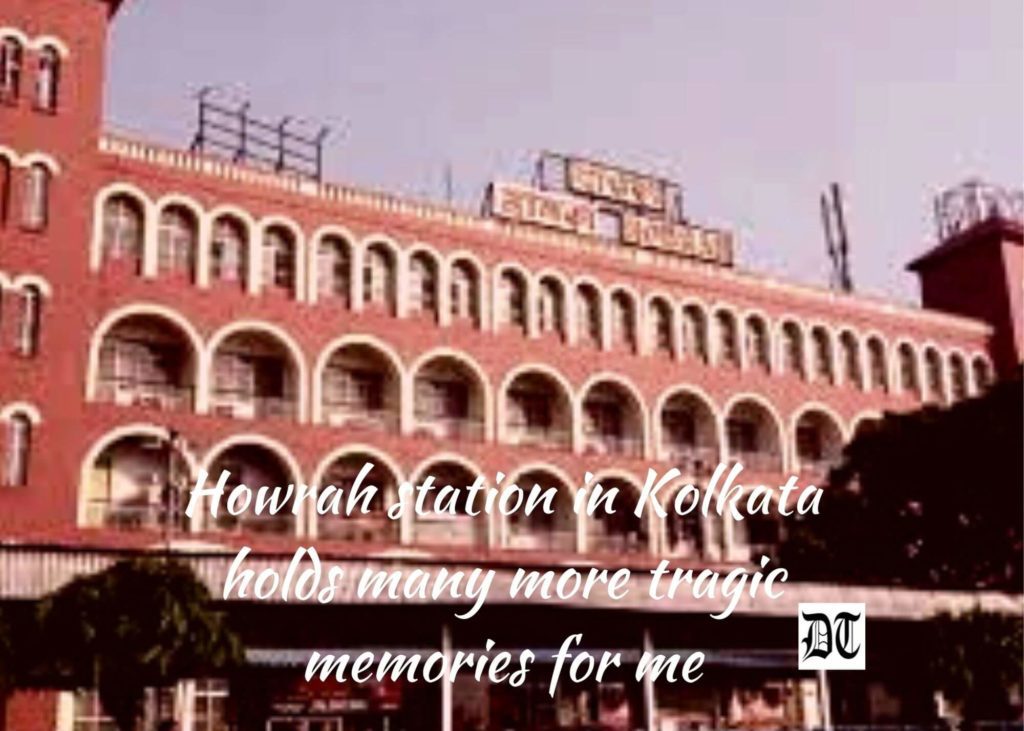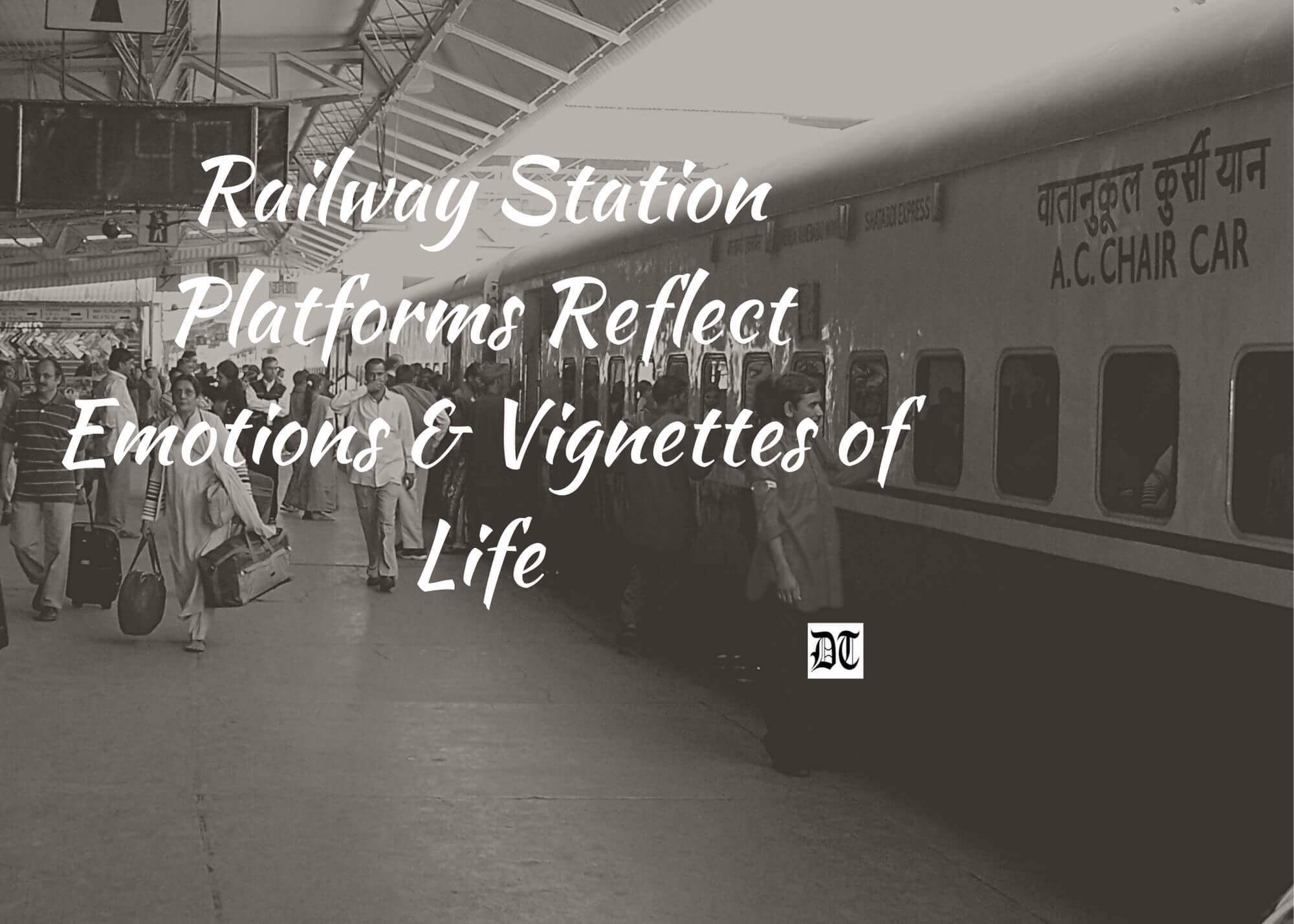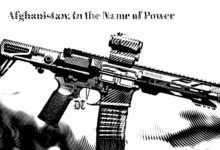Ruchira describes a typical Indian railway platform. She also reminisces about the final departure of her loved ones, whom she met for the last time. An exclusive for Different Truths.

I find railway stations rather interesting. Since childhood, I have travelled so extensively that railway stations are a familiar sight (and site too) for me.
A quintessential Indian railway station, in a metro or a small town presents a chaotic picture. Hot and humid atmosphere, sweating passengers with mounds of luggage jostling and elbowing for space, sturdy but weary looking ‘coolies’ darting about, seeking customers.
The Platform
On the platform you find dogs loitering around, beggars, overloaded luggage trolleys. Also, garbage piling up at intervals, this includes discarded food wrappers, fruit peels, plastic water bottles, cigarette butts. Oodles of sputum mingled with betel leaf juice, gobs of phlegm and what have you. You will find rows of snack stalls and book vendors along the length of the platform. You cannot miss the tea vendors carrying huge metal kettles and rows of kulhars (clay cups). Their throaty ‘chai, chai garam’ cannot be missed.
The picture is undergoing change…
The picture is undergoing change though, in the wake of cleanliness drives and modernisation.
The concrete benches on the platforms are invariably occupied by snoring passengers, old men and women squatting and resting their weary limbs, lactating mothers, et al. The square spaces built around pillars and metallic supports too are occupied by people. And you are fortunate if you can manage to squeeze in your backside and rest a while.
Drinking water supplied on all platforms is used for almost everything else other than drinking…
Drinking water supplied on all platforms is used for almost everything else other than drinking – washing tiffin boxes, hands, face and arms, fruits, kerchiefs and even babies’ bottoms.
I feel railway platforms reflect the welter of human emotions and vignettes of life.
You will find an interesting swatch if you look around carefully.
I feel railway platforms reflect the welter of human emotions and vignettes of life. You will find an interesting swatch if you look around carefully. Colourfully attired, beaming newly-weds and their gushing family members.
Family Friend
A few years back, we were leaving for Mumbai after a lovely weekend at Ahmedabad. We were at the home of Mr. Vyas, a longtime family friend. He came to see us off at the station. As the train chugged out of the platform we could see him smiling, waving a handkerchief. That was to be our last glimpse. He died in less than two years.
Closer home, Howrah station in Kolkata holds many more tragic memories for me.
Closer home, Howrah station in Kolkata holds many more tragic memories for me. It was here that I last met my aunt, Mamoni (Dad’s brother’s wife). She had accompanied other members of our family to see us off as we boarded the Punjab Mail en-route to Ludhiana in the aftermath of a glorious summer holiday in Kolkata. By the time we were due to visit our hometown two years later, she was no more.

Let me end on a poignant note. My Chhoto Dadu (Dad’s uncle) was extremely fond of me. He never failed to meet us whenever we were in town. On one occasion, when I was in Kolkata alone, I didn’t inform him regarding my departure plans. For the simple reason that he was 85, half deaf and half blind. Smartly and surprisingly, he found out somehow. And just half an hour before the train was to leave, he appeared on the platform.
A bit cross I scolded him for taking so much trouble.
A bit cross I scolded him for taking so much trouble. His words still ring in my ear, years later. “Tumi jabbe aar ami aashbo na?” (You are leaving, can’t I come and see you?) Blinded by emotion I hugged him tight. His eyes too were bedimmed with tears. Probably he had a gut feeling that this meeting would be our last. Believe it or not he died exactly a year later!
Visuals by Different Truths






 By
By
 By
By
 By
By
You have a special knack to elaborate even the minutest details in such topics. We have had these dishes many time over but have not enjoyed so much “reading them”.
Love you passion for Pakistani food.